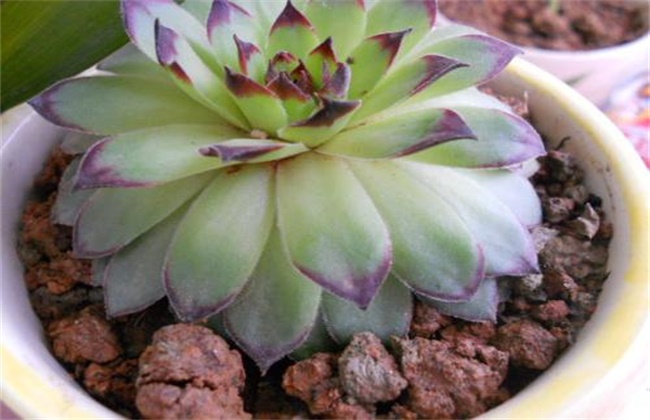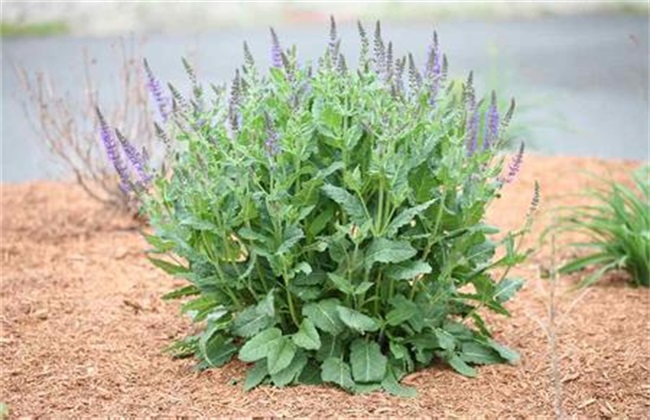Planting method and time of Rhizoma Polygonatum
Rhizoma Polygonatum, also known as claw ginseng, is a medicinal plant, mainly has the role of tonifying the spleen, moistening the lungs, Sheng Jin. Mainly distributed in China, Korea, Mongolia, Siberia, Korea and other countries and regions. It is a common medicinal material in traditional Chinese medicine with considerable demand. So there are many people who plant Polygonatum on a large scale, but there will be problems in the process of planting. Some people don't know how to plant Polygonatum well, so today's article is to help you understand it.

1. Planting time
It is mainly planted in spring from mid-March to early April or from September to October in autumn, preferably in spring, recovery in spring, strong germination and growth ability, easy cultivation and fast growth rate. Polygonatum polygonatum can not be harvested until it is cultivated for 2 to 3 years, so it is necessary to take care of one more winter when planting in autumn. Winter growth will be affected and maintenance will be difficult. So you'd better plant it in spring.
2. Land selection and fertilization
Choose sunny, fertile, well-structured land that will not accumulate water. Huang Jing likes the sun and should be properly shaded in the seedling stage. Just a month after planting, you need to prepare a sunshade net to reduce sunlight and protect seedlings. Turn the ground, the depth is about 30 centimeters. Fertilize about 2000 jin per mu. Plough the land again and mix fertilizer. Fine border, the width is 1.2 meters, the length is determined by the terrain, the row spacing can probably pass a person, about 15 centimeters.
3. Start sowing
Digging holes on the border surface for planting, the plant spacing is 15 cm, the row spacing is 10 cm, and the depth of digging is about 5 cm. Sow a few seeds in a hole, cover the soil and level the border surface. After gently compacting all the soil, you can water it. Water can be sprayed with a fine spray pot, and the border surface can be completely drenched. It can not be washed away directly with a water pipe, and the surface is easy to accumulate water. Inside is impermeable.
4. Management and maintenance
After emergence, thinning seedlings, thinning a small number of weak seedlings, disease and insect pests seedlings, too crowded and poor growth seedlings can be moved to the gap area to continue to cultivate, may grow strong again. Fertilization, no fertilizer in the early stage, light fertilizer and water in the later stage, once in June after planting, 1000 jin of farm manure per mu, once in August, 100jin compost and 100jin calcium superphosphate per mu. Fertilize once in November in winter and compost 800 jin per mu.
Polygonatum polygonatum is planted in spring and autumn, and it can not be harvested until a few years later. There are also some ways to pay attention to details. I hope the above content can help you. Can understand these problems very well.
Related
- Fuxing push coffee new agricultural production and marketing class: lack of small-scale processing plants
- Jujube rice field leisure farm deep ploughing Yilan for five years to create a space for organic food and play
- Nongyu Farm-A trial of organic papaya for brave women with advanced technology
- Four points for attention in the prevention and control of diseases and insect pests of edible fungi
- How to add nutrient solution to Edible Fungi
- Is there any good way to control edible fungus mites?
- Open Inoculation Technology of Edible Fungi
- Is there any clever way to use fertilizer for edible fungus in winter?
- What agents are used to kill the pathogens of edible fungi in the mushroom shed?
- Rapid drying of Edible Fungi



